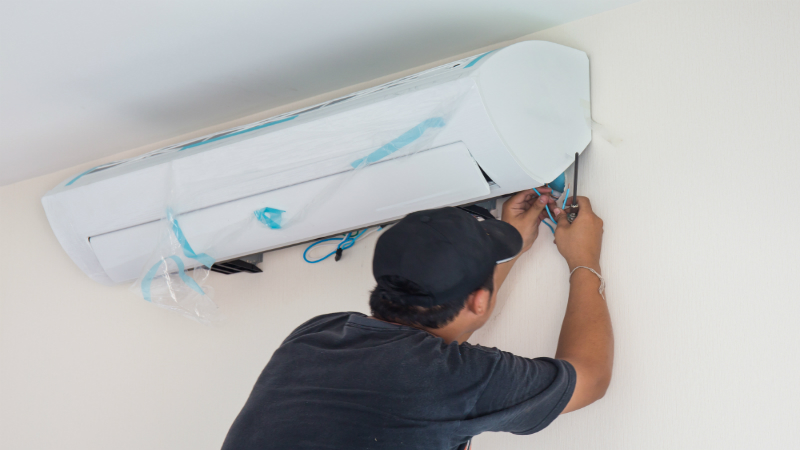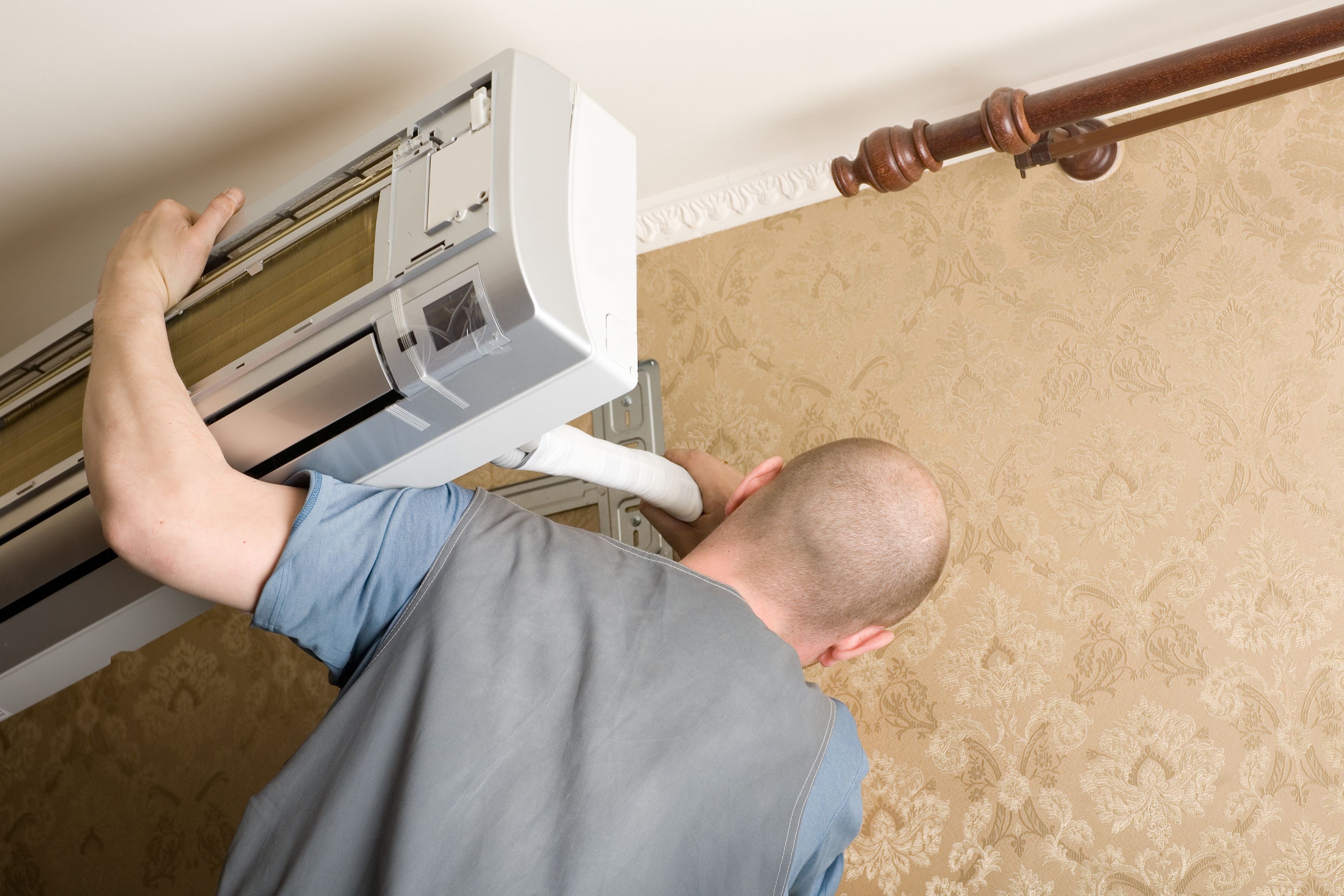A common problem in older two-story homes is the lower floor and upper floor having inconsistent temperatures during the winter. Even though heat rises, inadequate ductwork and venting can keep the second story uncomfortably cool compared with the bottom floor. Before the homeowners schedule central air conditioner installation in Austin TX , they’ll want to be sure this problem doesn’t happen in reverse in the summer.
Extra Heat Upstairs
Even with sufficient insulation, the top floor of a house can be very warm and uncomfortable on hot days. Sun beats on the roof relentlessly, and the added effect of heat is rising from the lower level worsens the problem. Before central air conditioner installation in Austin TX , the technicians want to increase duct volume to the upper floor and add another register or two if that is advisable.
Being Realistic
The addition of central air to the house will be particularly welcome for the residents who have spent previous summers sweltering in upstairs bedrooms. It’s important to be realistic, though. Setting the thermostat at 70 on a 95-degree day may force the unit to run continuously, and it still may not keep up. Installing ceiling fans, if this has not already been done, will help keep everyone cooler.
Closing Vents
Typically, heating and cooling technicians advise against closing vents downstairs to force cool air upstairs. The system has been designed for optimum efficiency and effectiveness, so closing vents may just leave cool air in the duct, constantly trying to push into that room. It can’t backtrack to the air exchanger and be rerouted elsewhere.
About the only time, it makes sense to close a register is if the system was designed in a faulty way. One room might have way too many vents, for instance. That can make a particular room too cool for comfort when the rest of the house is at the right temperature.



